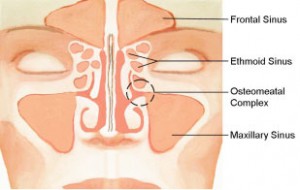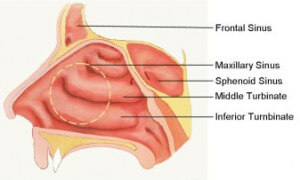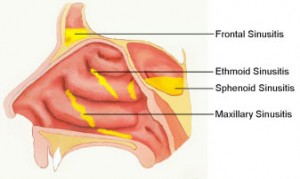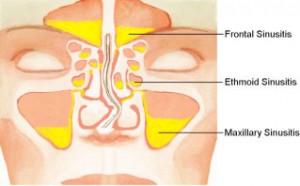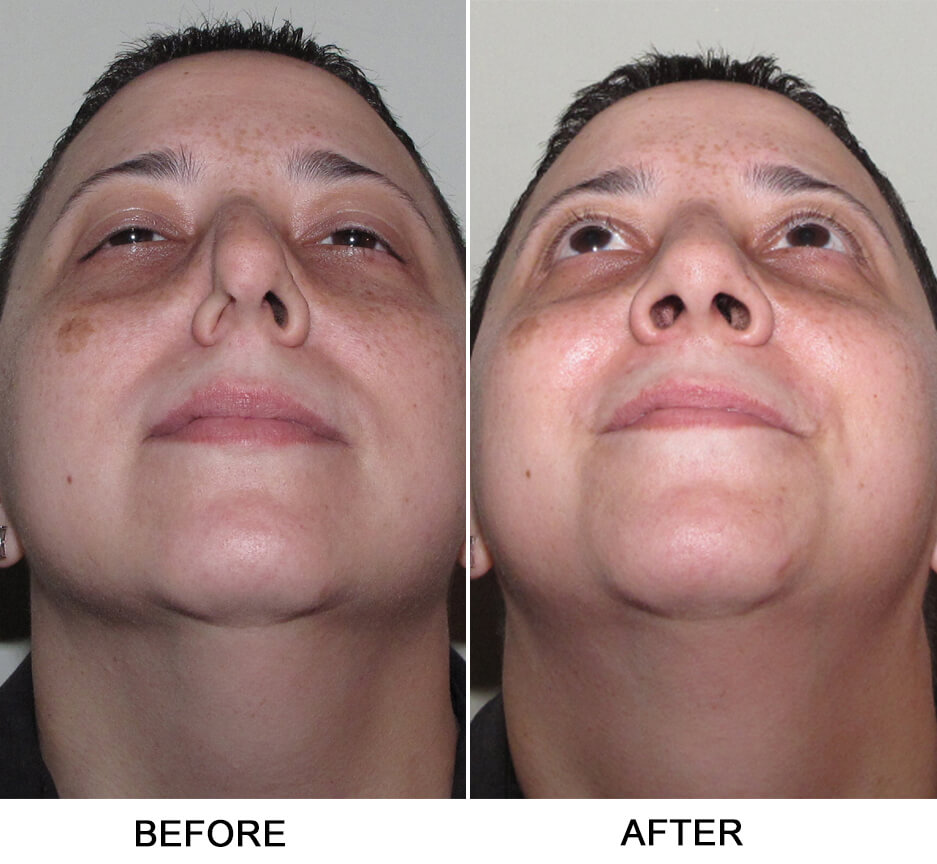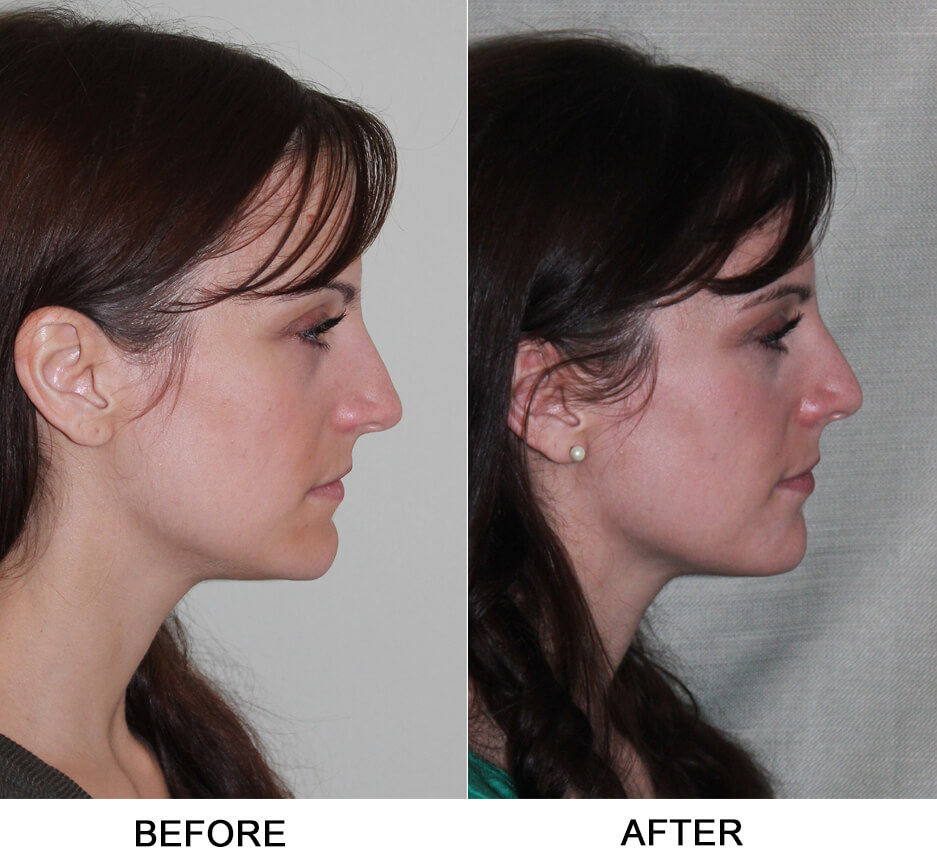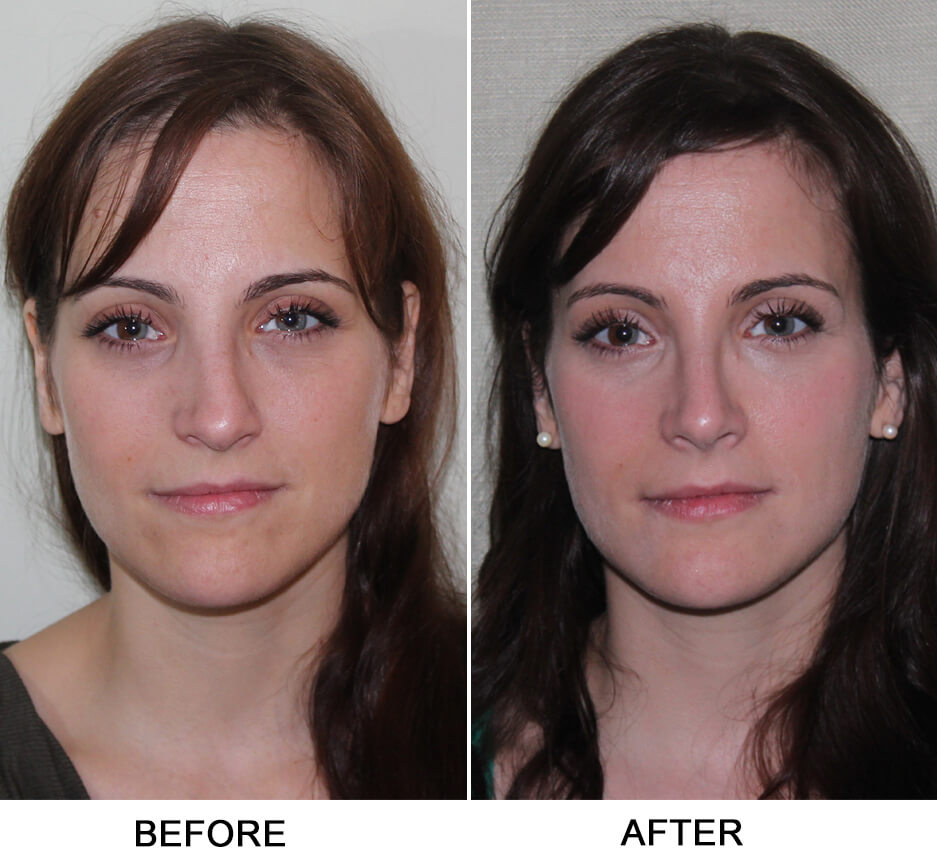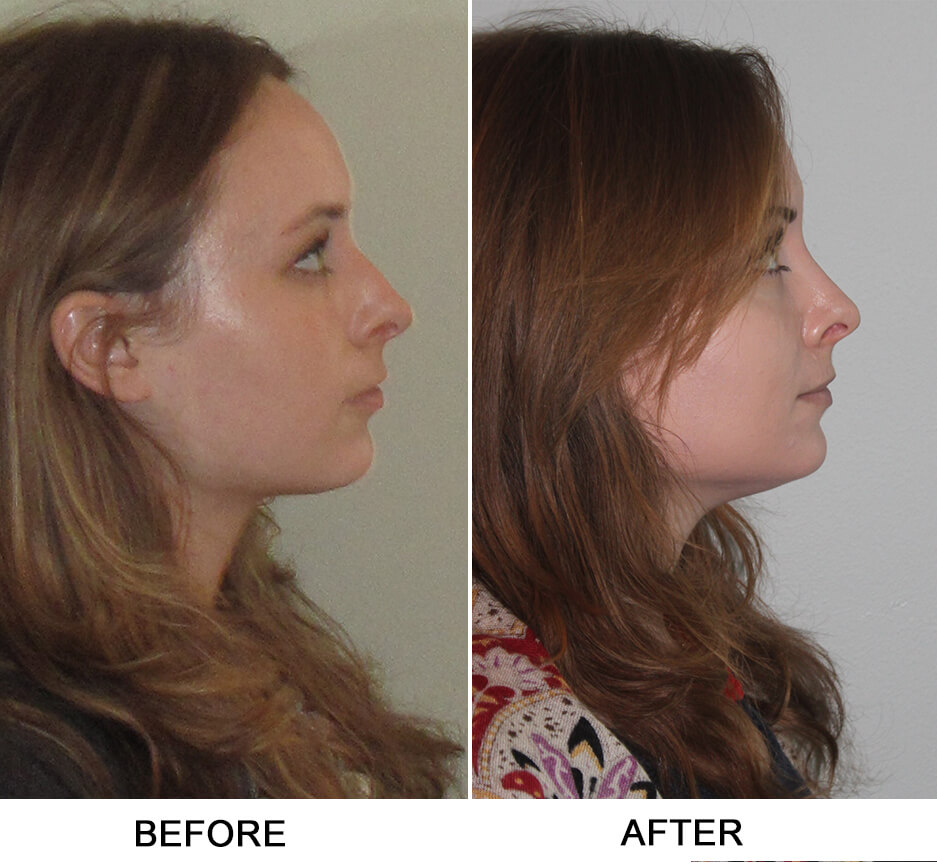Sinusitis and Sinus Surgery
What Is A Sinus Infection?
When the nose becomes congested from allergies, dust, or a viral infection, the sinuses may not drain normally. When this happens, a bacterial sinus infection (sinusitis) can occur. Because the passages and sinus spaces inside the nose are only millimeters or less in size, even a minute amount of inflammation can cause a sinus infection. A deviated nasal septum or enlarged turbinates can decrease the passage area inside the nose and predispose to sinus infections. What appears to be a regular “cold” lasting a week or more can be undiagnosed bacterial sinusitis. Click to read more about sinusitis.
What Is An Acute Sinus Infection?
Inflammation that causes an infection of the paranasal sinuses lasting up to four weeks is known as acute sinusitis. The beginning of this infection may be caused by a virus and might go away without antibiotics. If the infection lasts over a week or the nose becomes severely congested with thick green or yellow nasal discharge, the infection may have progressed to a bacterial acute sinus infection.
What Is A Chronic Sinus Infection?
An infection of the sinuses lasting greater than 3 months is termed a chronic sinus infection. The types of bacteria in a chronic sinus infection tend to be more varied than the bacteria of an acute sinus infection. Antibiotics for chronic sinusitis are much less likely to work and therefore antibiotic treatment is controversial. Treatment designed to reduce inflammation and swelling within the sinuses is currently the management that is the most effective. Chronic sinus infections can be one of two variations; Chronic sinusitis with or without nasal polyps. Nasal polyps occur when the nasal mucosa grows inside the nose in an uncontrolled manner that can further obstruct the nose.
What Are The Signs And Symptoms Of A Sinus Infection?
- Thick colored nasal discharge– Bacterial infections have mucous that is generally thick, yellow or green in color, and can have a very bad odor. The viscous mucus will either drain from the nose, be coughed up, or can be difficult to blow from the nose and sinuses.
- Headache or facial pain– The delicate lining of the inside of the nose is very sensitive. The pressure from inflammation and mucus pressing on these tiny passages and spaces can cause severe headaches, toothaches, cheek and forehead pain, nasal congestion, or jaw and neck stiffness.
- Recurrent infections– Repeated episodes of sinusitis can thicken the passages inside of the sinuses. This can predispose the nose to infections any time there is swelling inside the nose. The strains of bacteria inside the sinuses and nasal cavities may self-select and can become hardier and resistant to antibiotics.
- Fatigue– An infection takes a lot of energy to fight and not being able to breathe can limit your ability to get a good night’s sleep. Click here to read more about the symptoms of sinusitis.
How Is Sinusitis Treated?
Acute sinusitis will often resolve with conservative treatment. Improvement can come from a combination of anti-allergy medication, decongestants, steroid nasal sprays, and saline rinses. Environmental controls, such as removing your carpet or using a HEPA (High-Efficiency Particulate Air) filter can also decrease symptoms. If the infection lasts more than one week, successful treatment of an acute sinus infection may require antibiotics directed toward the most likely causes of infection. Failure of antibiotics may require further testing, including a CT scan of the sinuses. Click here to read more about sinusitis treatment.
When Is Surgery Necessary?
When medical treatment has failed, treating sinusitis with sinus surgery can dramatically improve your quality of life and sense of well-being. Functional endoscopic sinus surgery (FESS) removes blockages and allows each sinus to ventilate and drain through its natural opening.
Sinus Surgery Preparation
Dr. Bennett individualizes every patient’s care. A minimum of half an hour is needed to fully understand your expectations and to get a complete history and evaluation of the inside and outside of your nose. Knowing what to expect will make the entire experience more pleasant and increase your satisfaction with the surgical results. Dr. Bennett will discuss the cosmetic and functional expectations of your surgery in detail to make sure all of your questions are answered. Depending on whether you have functional/breathing issues insurance may cover part of your surgery.
What Kind Of Sinus Surgeries Are There?
Functional endoscopic sinus surgery (FESS) is the current standard of care for minimally invasive sinus surgery. The excess and infected tissue is removed and the natural circulation within the sinuses is re-established during a FESS. For a small select group of patients, the balloon sinuplasty surgery may be appropriate where a guide-wire and balloon are used to open a sinus without tissue removal. Rarely, for more complex and stubborn cases, traditional sinus surgery with skin or intraoral incisions are needed.
Click here to read more about when to have sinus surgery as well as more on FESS, Balloon Sinuplasty, or Traditional Sinus Surgery.
How Is The Recovery From Sinus Surgery?
With Dr. Bennett’s advanced surgical techniques, patients experience a more rapid and comfortable recovery period. Dr. Bennett does not routinely pack the nose following surgery, eliminating one source of extra scarring inside the nose. Our patients experience decreased swelling and a less uncomfortable recovery as a result and are typically back to regular activity within 7-10 days. Click here to read more about sinus surgery recovery.
Meet Dr. Garrett Bennett
Learn more about New York City's double board certified Sinus and Nasal Surgery Expert.
Filter through patient reviews of Dr. Bennett from all around the web

